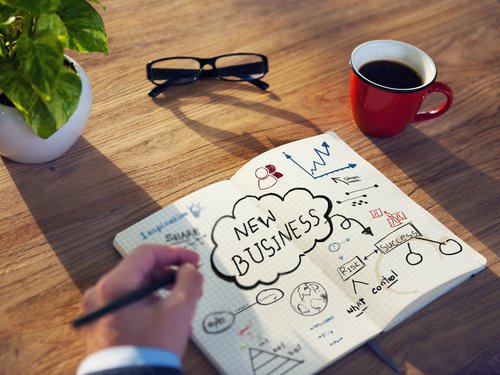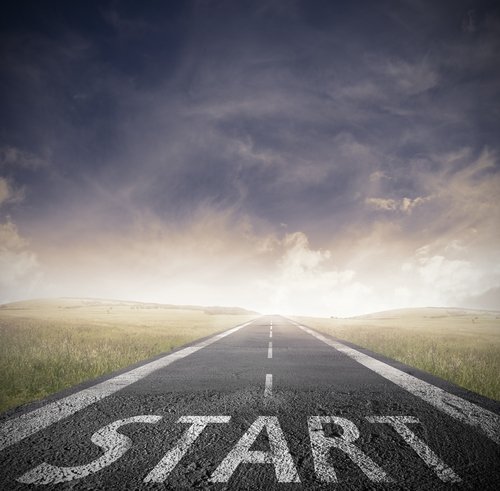How to Connect with Audiences in the Various Stages of the Marketing Funnel
Marketing is all about figuring out what messages connect best with a target audience and how to reach the audience at the right stage of the Purchase, or Marketing Funnel. The Funnel depicts the various stages a consumer moves through when making the determination to purchase a product or service. The broadest part of the marketing funnel is the awareness stage, and the smallest part is where consumers take action to purchase and potentially become brand advocates/returning customers.
Stages of the Sales Funnel
The stages of the marketing funnel sections can generally be identified as follows:
- Pre-awareness Stage: Potential customers have no knowledge of the product or service, it might not even be on their radar.
- Awareness Stage: The prospect is aware of the brand or product, but doesn’t currently have interest in purchase anything.
- Interest Stage: Once a potential customer reaches this stage, he or she is looking to purchase a product or service similar to the one offered by the company. They’re currently researching different companies and comparing product offerings and features. This phase can last for a few hours, days or even months. The consumer is trying to get educated to make the right decision. By the end of this phase, they’ll have narrowed down their choices to a select number of companies or products.
- Consideration Stage: When the potential customer has their list of possibilities, they’re now looking for an opportunity to learn more about the product or service, possibly looking at a demo or trial version, taking a test drive, asking the opinions of others, etc.
- Action Stage: At this phase, they’ve made the decision on what product or service they like, and are just making sure that it’s a good investment. Then, they’ll actually buy.
- Brand Loyalty and Advocacy Stage: Once the consumer makes the purchase, they’ll decide whether or not they like it, and if they’ll buy the product or service from the company again in the future. They’ll post reviews and share their thoughts with others. If they didn’t like the product or service, and didn’t receive adequate customer service on the backend, they may make their displeasure known.
How to Target Stages of the Funnel
Prospects in the different parts of the funnel have different needs.
- Pre-awareness/Awareness: The first two parts of the funnel are dependent upon creating awareness of your product, service or company through various forms of content marketing, i.e. social media, blogs, articles, etc. The goal for the pre-awareness stage is to just educate the potential customer about the existence of your company/product. This can be accomplished via content marketing (i.e. writing a good thought leadership piece about the subject) or by getting in front of your target consumer at events. Once they’re made aware of the company, your prospective customer needs to know that your company can be trusted. What makes the company special? Are you an authority in the field? Is your brand trustworthy?
- Interest: At this point, the consumer is aware of your company and its offerings. They now want to dig deeper and find more detailed information about your product or service; product specs, cost, warranties, features, selling points, reviews, etc. Ensure that your website is navigable with service and product pages that provide this information.
- Consideration: This is the point where sales will get involved. Potential customers want to test-drive the product and/or speak to someone about it. Ensure that sales people have their taking points ready, which should adequately show how the product/service works and why it’s better than competitors.
- Action: Again, this is sales. The customer is ready to buy. They may need help navigating an online cart or signing paperwork. The sales people need to make sure that the process is smooth for the customer so they don’t back out at the last minute.
- Brand Loyalty and Advocacy: Sales and marketing needs to follow-up to ensure that the customer is happy with the purchase. If they are, encourage the customer to share their stories online, fill out satisfaction surveys, or even offer referral deals if the person gets someone else to use the product/service.
Understanding the marketing funnel is very important for a company. Trying to push the wrong type of messaging or content at the wrong time could be disastrous in the long-run.





